How dispersants work
A dispersant is a surfactant that has two opposite properties: lipophilic and hydrophilic in the molecule. It can uniformly disperse solid and liquid particles of inorganic and organic pigments that are difficult to dissolve in liquid. It can also prevent the sedimentation and agglomeration of particles and form an amphiphilic reagent required for a stable suspension.
How dispersants work:
1. Adsorbed on the surface of solid particles, making the surface of the condensed solid particles easy to wet.
2. Polymer dispersants form an adsorption layer on the surface of solid particles, which increases the charge on the surface of solid particles and increases the reaction force between particles that forms a three-dimensional hindrance.
3. Form a bilayer structure on the surface of the solid particles. The polar end of the outer dispersant has a strong affinity with water, which increases the degree of wetting of the solid particles by water, and the solid particles are kept apart due to electrostatic repulsion.
4. Make the system uniform, increase the suspension performance, prevent sedimentation, and make the physical and chemical properties of the entire system the same.
Dispersant function:
The use of wetting and dispersing agents reduces the time and energy required to complete the dispersion process, stabilizes the dispersed pigment dispersion, improves the surface properties of pigment particles, and adjusts the mobility of pigment particles, which is specifically reflected in the following aspects:
1. Increase gloss
2. Prevent floating color and blooming
3. Improve coloring power
4. Shorten the dispersion time
5. Improve color development and toning properties
6. Prevent flocculation and sedimentation

